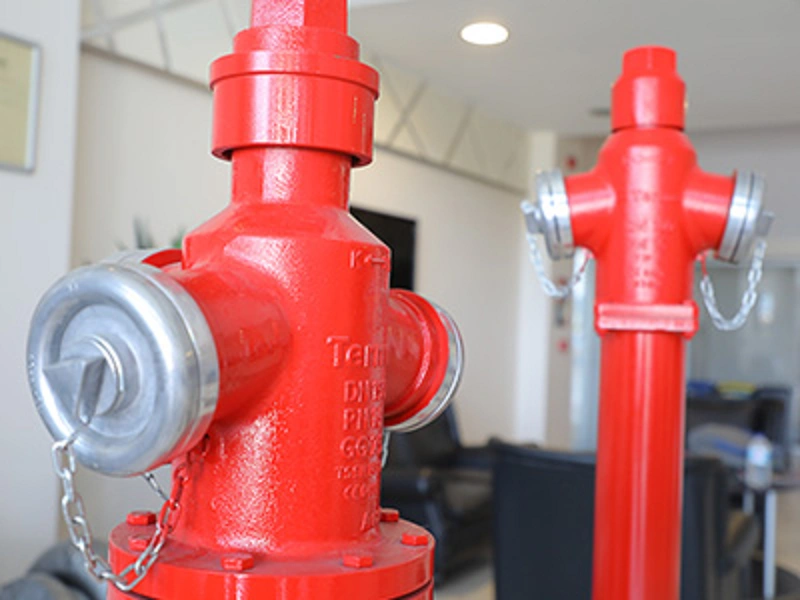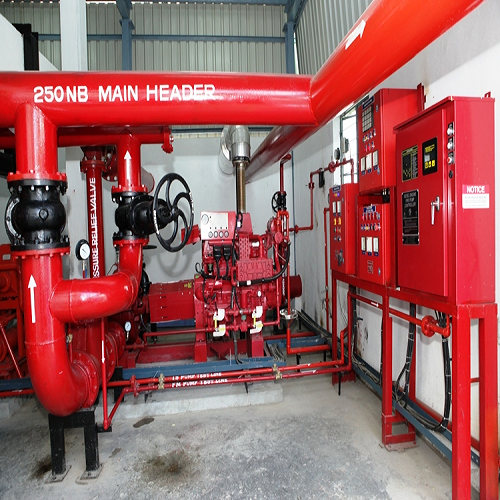Fire Hydrant System

Fire Hydrant
Stay cool and comfortable all summer long with our efficient air cooler, designed for optimal airflow and energy savings.
Fire Hydrant System
A fire hydrant system is a crucial part of fire protection infrastructure, providing firefighters with quick access to water during emergencies. This system enhances public safety by ensuring a reliable water supply for firefighting operations. Here’s an in-depth look at its components, types, maintenance, and importance.
Types of Fire Hydrants
- Wet Barrel Hydrants: Common in warmer areas, these keep water in the barrel at all times, allowing for immediate use.
- Dry Barrel Hydrants: Designed for colder climates, these have a valve at the base that prevents water from entering the barrel when not in use, reducing freezing risks.
Key Components of a Fire Hydrant System
Features
- Hydrant Body: The main structure, usually made of durable materials like ductile iron, that houses the internal mechanisms.
- Valve Mechanism: Controls the flow of water. When operated, it opens to allow water to flow from the main supply.
- Outlet Nozzles: Typically, there are one or more nozzles where firefighters connect hoses. These nozzles come in different sizes to accommodate various hose types.
- Bonnet: The top section of the hydrant that covers the operating mechanism and is often marked with identifying colors to indicate the flow capacity.
- Drainage System: A feature designed to allow any remaining water to drain out after use, preventing freezing in colder climates.
- Bury Depth: The part of the hydrant installed underground, helping to prevent freeze damage.

Fire Hydrant
Stay cool and comfortable all summer long with our efficient air cooler, designed for optimal airflow and energy savings.

Fire Hydrant
Stay cool and comfortable all summer long with our efficient air cooler, designed for optimal airflow and energy savings.
Importance of Fire Hydrant Systems
- Immediate Water Supply: Fire hydrants provide firefighters with immediate access to water, crucial for controlling and extinguishing fires.
- Life Safety: They play a significant role in protecting lives and property by ensuring an adequate water supply during emergencies.
- Community Preparedness: A well-maintained hydrant system contributes to the overall fire readiness of a community, reassuring residents and businesses.
- Insurance Benefits: Properties located near accessible fire hydrants may qualify for lower insurance premiums, reflecting reduced fire risk.
Maintenance and Inspection
Regular maintenance is vital to ensure fire hydrants function correctly when needed. Key maintenance practices include:
- Routine Inspections: Regular checks for physical damage, rust, or obstructions.
- Flow Testing: Assessing the water pressure and flow rates to ensure sufficient supply during emergencies.
- Lubrication: Keeping moving parts well-lubricated to ensure smooth operation.
- Winterization: For dry barrel hydrants, ensuring the drainage system is clear to prevent freeze damage.
A well-designed and maintained fire hydrant system is vital for fire safety. By understanding its components and significance, communities can ensure effective firefighting capabilities, enhancing safety for all residents. Regular inspections and maintenance will further ensure that these systems are always ready when needed most.
Choosing the Right Fire Hydrant System
The appropriate type of Fire Hydrant System depends on the specific hazards present in your home, office, or workplace. For example, if you frequently cook with oils, a Class K extinguisher is essential. Consult with a fire safety expert to determine the best options for your needs.